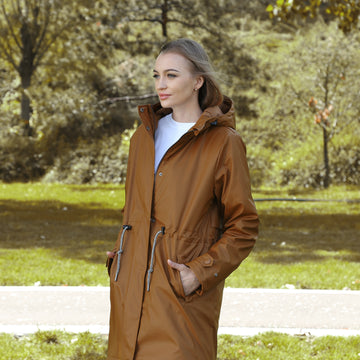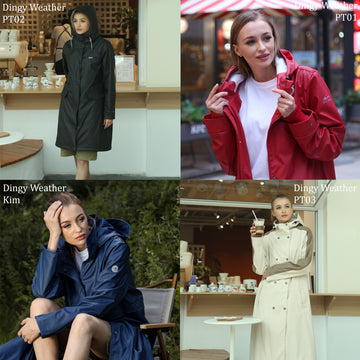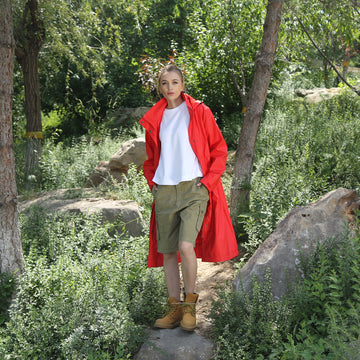New eco-friendly recycled fabric, what is recycled PET fabric?
by MAXING on Jun 20, 2022
New eco-friendly recycled fabric, what is recycled PET fabric?
The problem of plastic pollution has long occupied the world. Whether environmental protection organizations or companies from all walks of life, they have committed and taken action. Also, “environmental protection” and “sustainability” have become indispensable labels for companies. In this context, promoting the use of new eco-friendly recycled fabrics has become a trend. Talking to you today: RPET fabrics
What is RPET fabric?
RPET fabric is called Recycled PET Fabric in English, also known as Recycled PET Fabric, which is a new type of eco-friendly recycled fabric. Because it is waste recycling and its low-carbon source has made a great contribution to saving oil resources and protecting the environment, it is deeply loved by all parties.
The advantages of RPET fabric
- Recycled PET yarn can reduce the consumption of petroleum per ton of finished product
PET yarn can save 6 tons of oil, making a certain contribution to reducing air pollution and curbing the greenhouse effect.
- One plastic bottle (600cc) = carbon reduction 25.2g = fuel saving 0.52cc = water saving 88.6cc
- The eco-friendly yarn has passed the certification of Taiwan Environmental Protection Agency and United States SCS Environmental Protection Agency.
Official certification and European Öko-TexStandard 100 ecological environmental protection certification and international GRS recycling standard, the international recognition is higher.
Manufacturing process of RPET fabric:
Coke Bottle Recycling → Coke Bottle Quality Control and Separation → Coke Bottle Cutting → Spinning, Cooling and Collecting → Cloth Yarn Recycling → Weaving into Cloth

RPET fabric is made of recycled and environmentally friendly fiber raw materials obtained from cola bottles. After the recycled cola bottles are crushed into pieces, they are processed by spinning, which can be recycled and effectively reduce carbon dioxide emissions, making compared to almost 80% is saved in conventional production of polyester fibers % of the energy.
The fabric can be recycled and reused, saving energy and oil consumption, and reducing carbon emissions. For every pound of RPET fabric recycled, 61,000 BTUs of energy can be saved, equivalent to 21 pounds of carbon dioxide.
After eco-dyeing, eco-coating and calendering, RPET fabrics can also pass the tests of international standards such as MTL, SGS and ITS, including phthalates (6P), formaldehyde, lead (Pb), polycyclic aromatics, the environmental protection indicators such as hydrocarbons and nonkifen have the latest European environmental protection standards and the latest US environmental protection standards.
What types of RPET fabrics are there?
RPET oxford fabric, RPET elastic fabric (lightweight), RPET filament fabric (lightweight), RPET peach skin fabric, RPET suede fabric, RPET chiffon fabric, RPET satin fabric, RPET knit fabric (jersey), RPET mesh (sandwich mesh , piqué, bird's eye), RPET non-woven fabric (coral non-woven fabric, falley non-woven fabric, polar non-woven fabric, double-sided non-woven fabric, PV non-woven fabric, super soft non-woven fabric, comfortable non-woven fabric) cotton velveteen), RPET lixin cloth (non-woven fabric), RPET conductive cloth (anti-static), RPET plain fabric, RPT polyester cotton fabric, RPET scrim fabric, RPET jacquard fabric, etc.




